A FAMILY STORY SINCE 1948
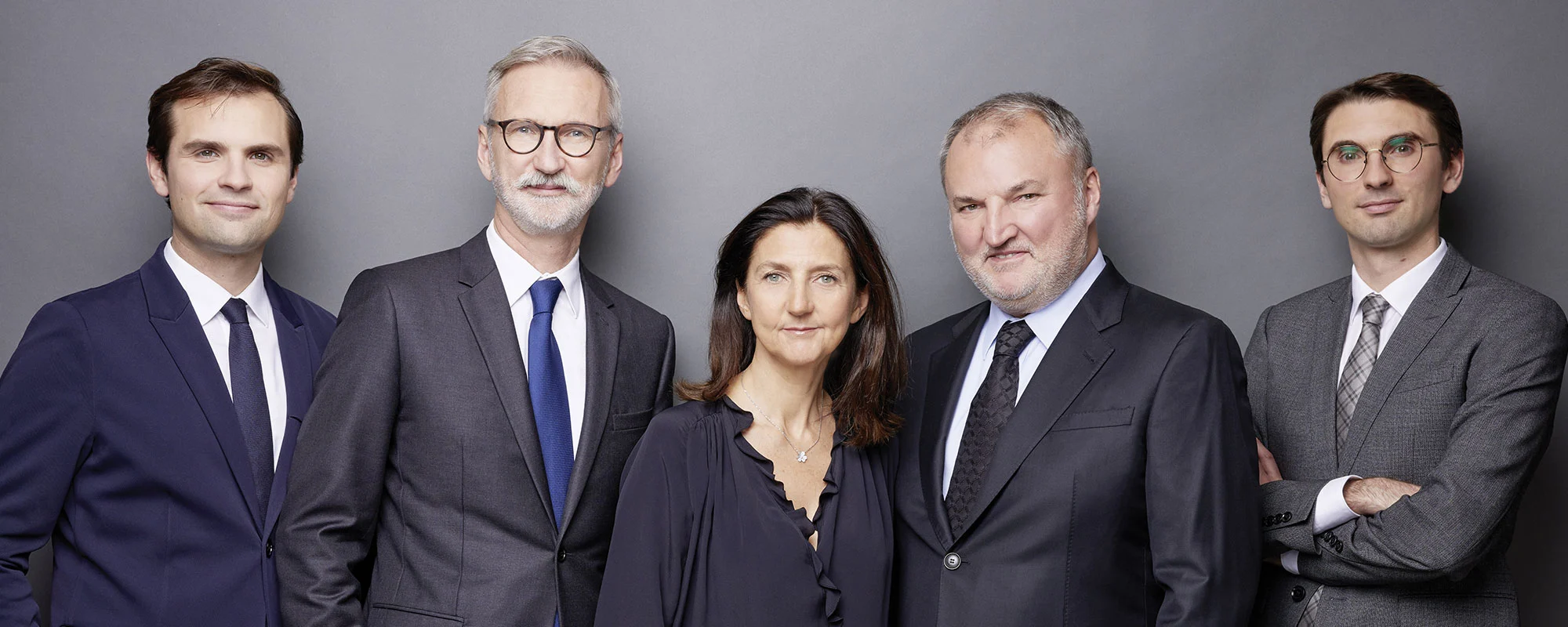
1945
1948
1948
1948
1948
1955
1956
1959
1961
1971
1971
1988
1993
1993
2006
2017
2018
2019
2019
2022
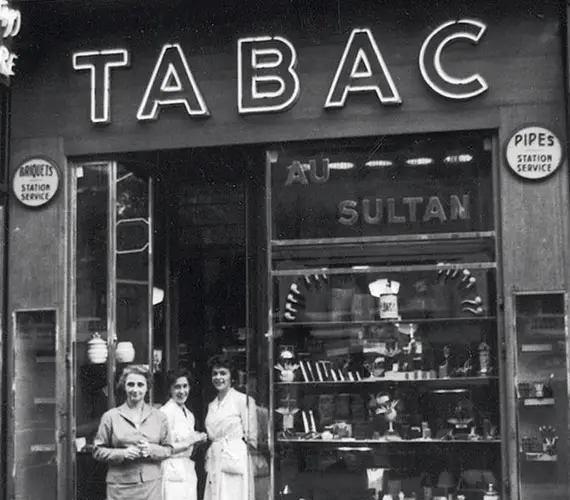
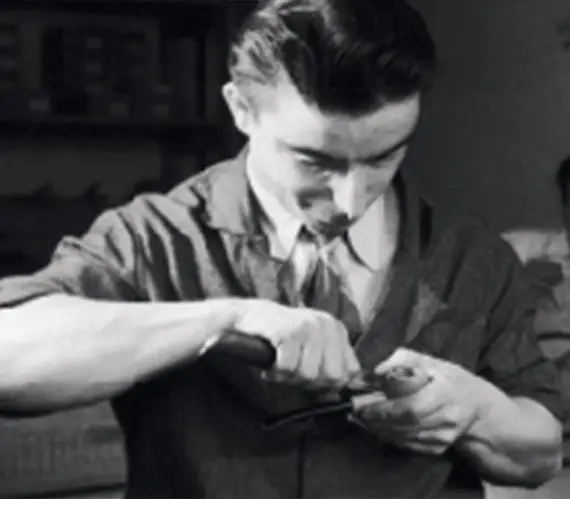
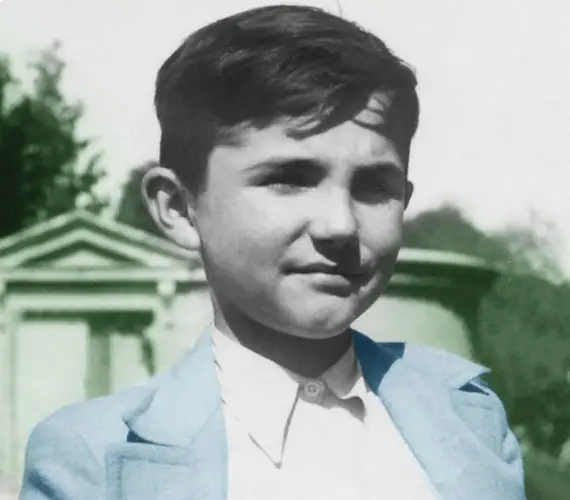
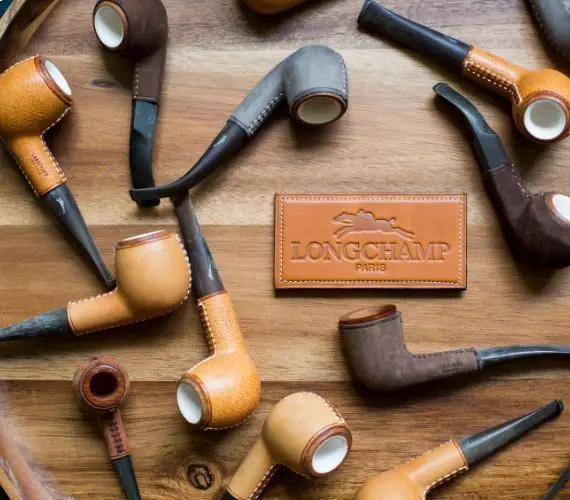
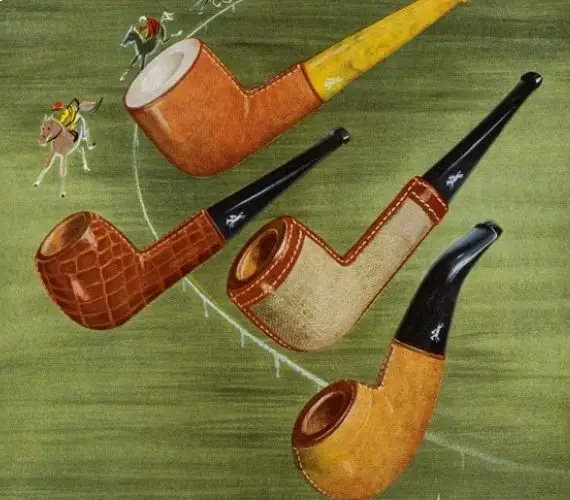
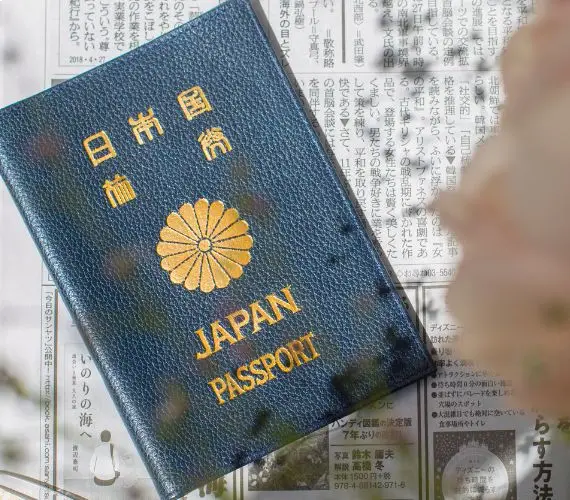
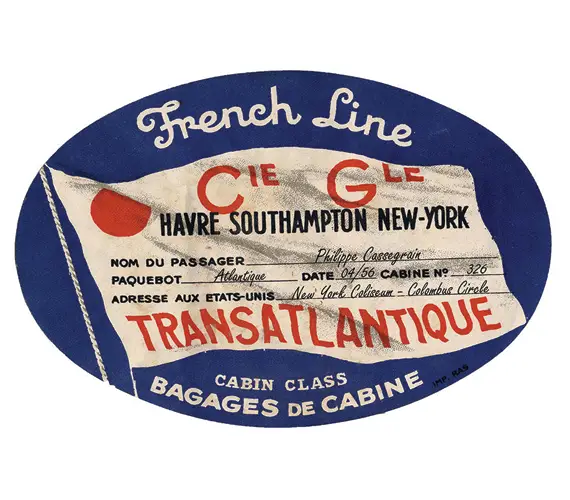
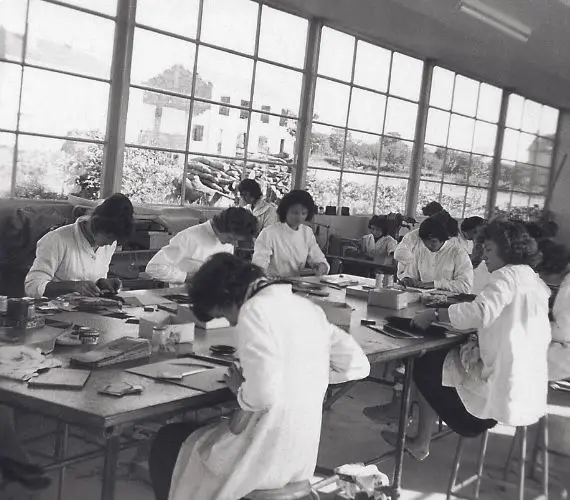
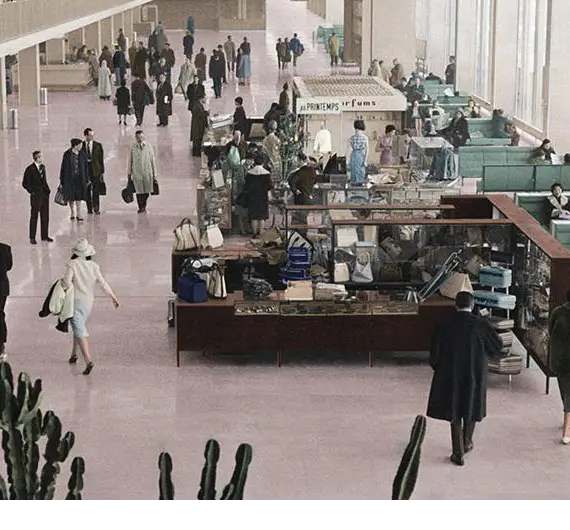
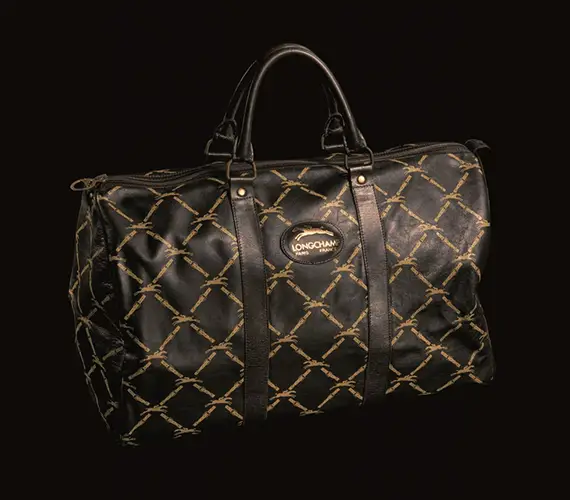
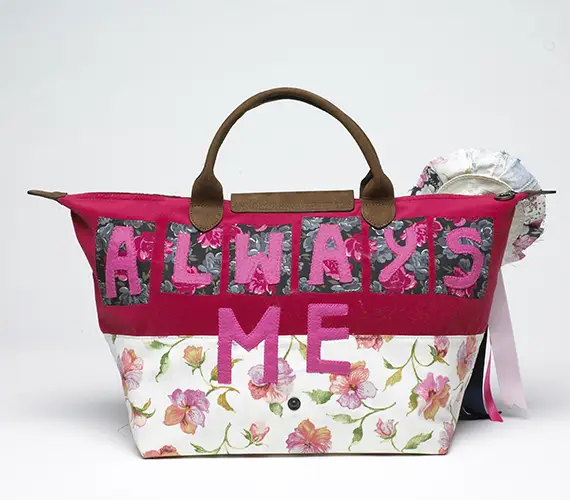
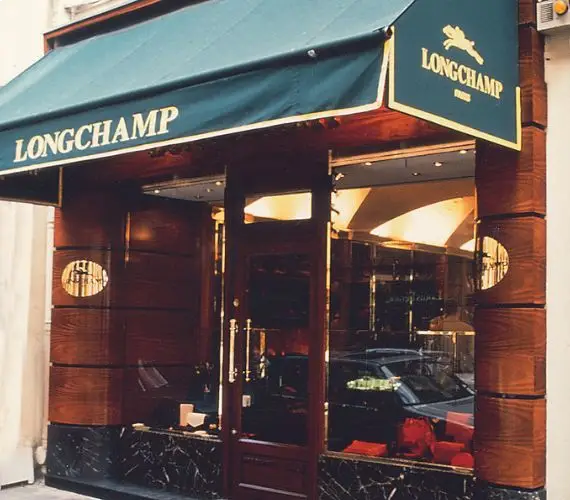
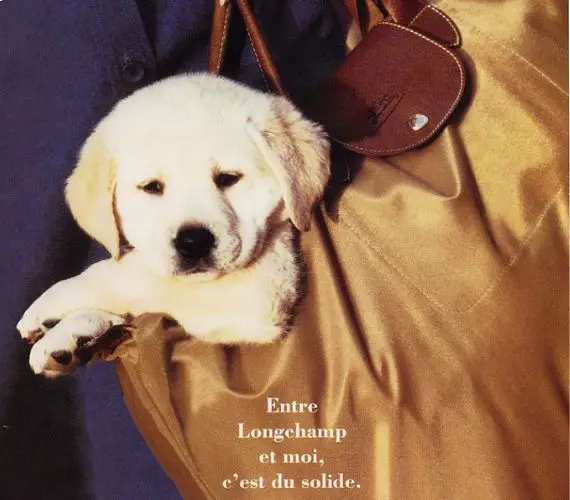
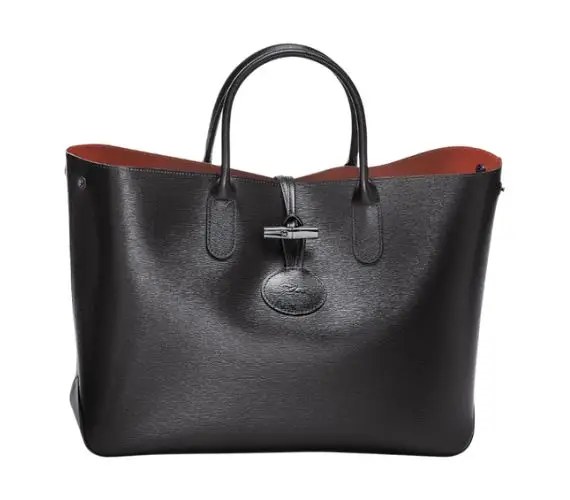
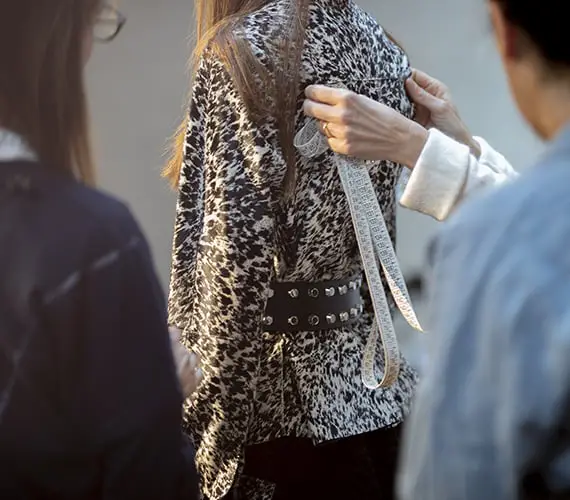
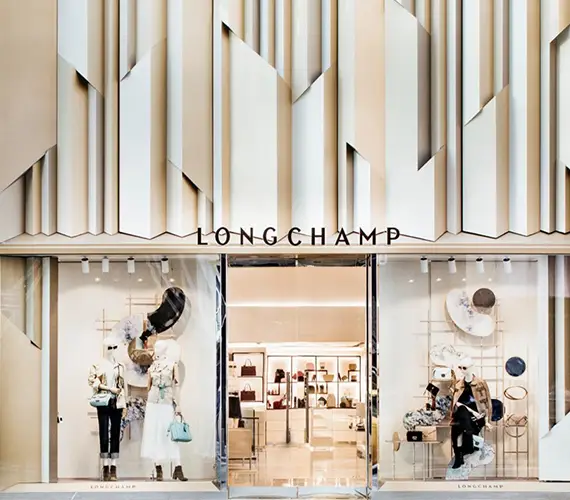
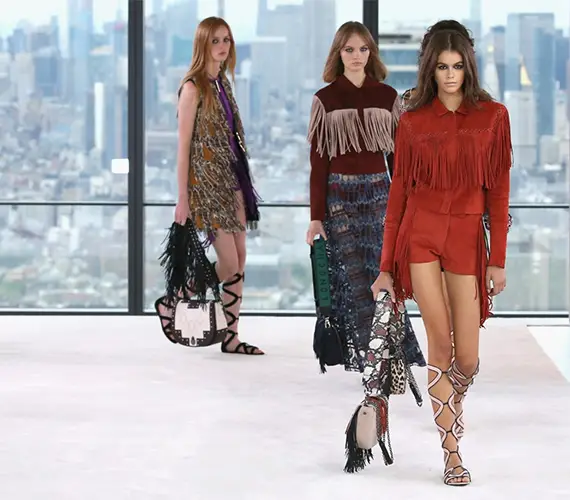
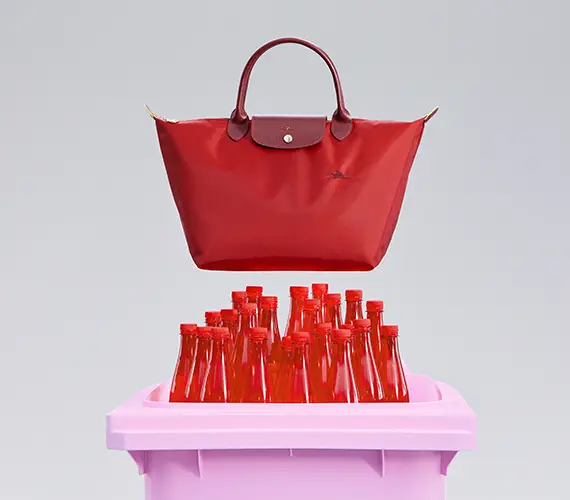
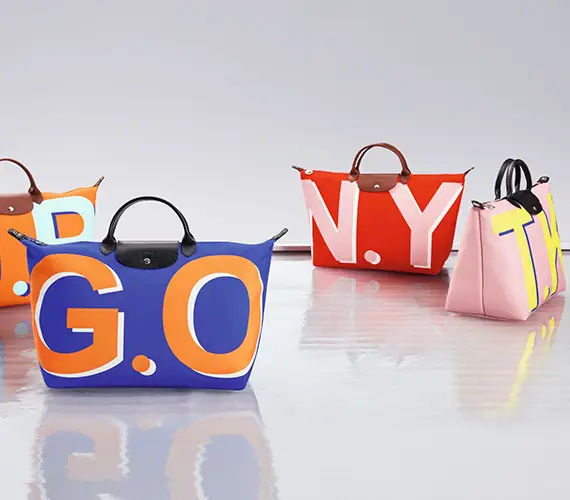
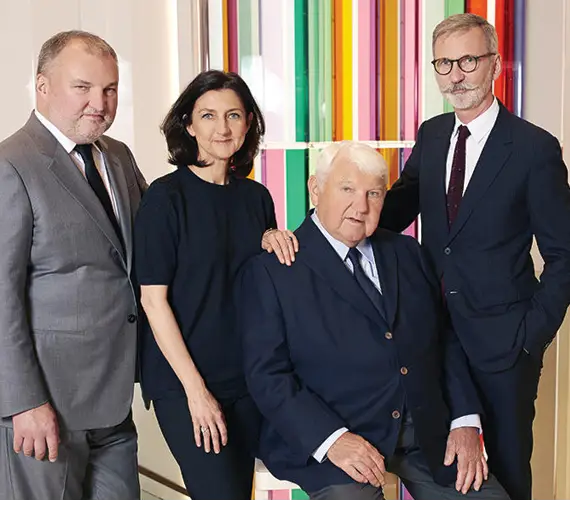
PARIS’ IMPETUS
Jean Cassegrain takes over "Au Sultan," the luxury tobacco shop founded by his parents in 1926.
Located in the heart of Paris, the Maison enjoys an ideal location: “It was on Boulevard Poissonnière, in the 2nd arrondissement. At the foot of the building, there was a tobacco shop. That was the place to be at that time! It was a very commercial area. Then it was a beautiful breakthrough, from Place de la République to Madeleine. The Champs-Elysées barely existed yet...” recounts Philippe Cassegrain.
INNOVATION AND QUALITY
On February 1, 1948, Jean Cassegrain laid the foundation stone for a great adventure in French leather goods. From its inception, the Maison set the tone by creating a leather-covered pipe.
Jean Cassegrain builds Longchamp’s reputation and is dedicated both to the international clientele strolling along the Grands Boulevards and to Parisians familiar with the capital’s theaters. Launched with a momentum that captures the spirit of the era, Longchamp’s success can be summed up in two words: Innovation and Quality.
LONGCHAMP BY PHILIPPE CASSEGRAIN
For Philippe Cassegrain, Maison Longchamp is more than a business; it is a family adventure.
Born in 1937, he was 11 years old when his father founded the Maison in 1948. As the brand prepares to celebrate its 70th anniversary, he shares his memories of the founding decade, the decisive milestones, and the impulses that form the essence of Longchamp. “On Thursdays back then, we didn’t go to school; we would make cigarette cases or passport holders, for example. I had a small gilding machine to mark Longchamp in gold leaf.”
PARIS FAIR
Jean Cassegrain selects crocodile and lizard leathers and surrounds himself with the best artisans to create a collection that will make history.
Jean Cassegrain presented it for the first time on May 1, 1948, at the Paris Fair, an unmissable event for innovations where luxury houses made their post-war comeback. Philippe recalls: “My father welcomed clients from all over the world at his booth, curious to discover the latest trends and fashions. One must understand the context: it was that year that the first televisions were introduced, and they actually worked — a revolution!”
THE INSPIRATION OF A LOGO
During his daily journeys between his home and the center of Paris, Jean Cassegrain delights in the view of one of the city’s last windmills.
Nestled deep within the Longchamp racecourse, the creator plays on his miller-sounding name — cass-grain — and combines it with the saddlery world to which he dedicates his collections. Fully inspired, Jean Cassegrain commissions the designer Turenne Chevallereau to create the symbol the Maison would never part with: a galloping horse, a symbol of elegance and movement, created by the designer and inspired by Jean Cassegrain.
LAUNCH OF SMALL LEATHER GOODS
The brand’s international development gave Jean Cassegrain the idea to create embossed leather passport covers with each country’s emblem in gold leaf.
Following this success, Jean Cassegrain expanded his product range by introducing small leather goods into his collection.
TRAVELS AND DISCOVERIES
Jean Cassegrain initiated the momentum and continues it: he decided to pass on an international culture to his eldest son and sent him to discover other continents.
At 16, young Philippe boarded a Union Castle Line ship bound for Africa. The following year, in 1954, at age 17, Philippe visited Hong Kong for the first time. After African and Asian discoveries came North America.
OPENING OF THE FIRST WORKSHOP
To support Longchamp’s growing success, Jean decided to invest in his own workshop.
He chose to establish it in Segré, a small town near Angers, where he could rely on the expertise of Mr. and Mrs. Allet and their team, who had already been working for the Maison for several years.
THE RISE OF ORLY
In the 1960s, the Orly South terminal underwent a significant evolution.
It attracted not only travelers but also tourists who came to watch takeoffs from its open terraces, hoping to catch a glimpse of Audrey Hepburn, Greta Garbo, Romy Schneider, or Ray Charles, who chose to give his Parisian interviews there. Philippe Cassegrain recalls: “Very early on, my father set up a Longchamp luggage stand at Orly. I was the one who opened that first store—it was quite an adventure. From seven in the morning, I sold many suitcases, and in the afternoon I was at the office.”
THE 70'S
LONGCHAMP CELEBRATES WOMEN
In 1971, Philippe Cassegrain created his first women's bag and launched the LM - Longchamp Maroquinerie - line, which achieved great success in Japan.
THE ART OF COLLABORATION
Longchamp loves to surprise by opening its workshops to the most creative minds.
This marks the beginning of a long series of collaborations: Serge Mendjisky, Jean-Luc Moerman, Tracy Emin, Thomas Heatherwick, Jeremy Scott... beloved by collectors of art and rare bags. It is a pioneering and visionary approach to the connection between art and craftsmanship that continues today.
THE OPENING OF THE FIRST FLAGSHIP STORE
Longchamp took its first steps into the retail world with the opening of its first flagship store in 1988 at 390 rue St Honoré, in the heart of Paris, a fashion capital.
This prestigious address was chosen by Michèle Cassegrain, wife of Philippe and Director of Longchamp Boutiques. From this first flagship, she led a remarkable evolution of the distribution network, which today includes over 300 directly operated stores.
LAUNCH OF AN ICON: LE PLIAGE
Le Pliage: Lightness remains a challenge for all leather craftsmen. How can you reconcile the weight of a feather with the sturdiness of a bag?
The equation seemed unsolvable in the early 90s. But the puzzles of arithmetic have a way of sparking the curiosity of the Cassegrain family... because every impossible project pushes the artisans to evolve the house’s expertise. Thus, Le Pliage is born. This iconic line will forever mark the history of the Maison.
A SECOND ICON IS CREATED: THE ROSEAU TOTE
Le Roseau : Ce grand cabas de cuir avec une fermeture bijou en forme de bambou marque le début d'un succès retentissant.
A favorite among journalists and fashion-forward women, it appears front and center at fashion shows as well as on the streets of Paris. Yet at first glance, it seemed like an outsider! A bag that can neither be worn on the shoulder nor crossbody, and that doesn’t close!
THE ASSERTION OF LONGCHAMP STYLE
The new millennium marks a period in which Longchamp strengthens its status as a Fashion House.
Under the artistic direction of Sophie Delafontaine, the brand defines the Longchamp woman: a free and independent, Parisian and cosmopolitan woman. In 2006, the launch of ready-to-wear was followed by shoes in 2012 and eyewear in 2017.
A NEW ARCHITECTURAL SIGNATURE
In 2017, Longchamp unveiled its new visual signature "Prismatique" at its Kerry Center boutique in Shanghai.
This unique concept reappeared the same year for the inauguration of the Maison Omotesando flagship store in Tokyo. In 2018, the signature adorned the façade of the new flagship on Fifth Avenue in New York.
FIRST SHOW AT NEW YORK FASHION WEEK
September 8, 2018, at a newly inaugurated venue: the 68th floor of 3 World Trade Center.
Behind the scenes: the biggest names in the industry. 40 models: famous top models and rising stars. Guests: iconic celebrities and influencers. A year celebrating the 70th anniversary of the Maison.
LE PLIAGE REDUCES ITS CARBON FOOTPRINT
Starting from 2019, Longchamp has gradually replaced all virgin synthetic fibers in its collections with recycled fibers.
In 2023, this transition was completed, and all leather goods and canvas luggage ranges of the Maison are now made from recycled fibers. Starting with the entire Le Pliage collection, the carbon footprint has thus been reduced by 20%. This initiative is part of the Maison's efforts to reduce its environmental impact.
LAUNCH OF MY PLIAGE SIGNATURE AND PLIAGE GREEN
This unique innovation at Longchamp beautifully combines creativity, technological innovation, and environmental responsibility.
"La version recyclée de notre modèle iconique (le Pliage original en nylon) mais à base de nylon 100 % recyclé. En 2023 la totalité des toiles synthétiques que nous utilisons est tissé à partir de fil recyclé."
LONGCHAMP, A FAMILY SAGA
To tell Longchamp’s story is to write a family history.
This is the story of the Cassegrain family, who inherited the passion for leather and the limitless creativity of the Maison’s founder, Jean Cassegrain. Today, the Maison is in the hands of the third generation of the Cassegrain family: Jean, the founder, serves as the General Manager, his sister Sophie Delafontaine is the Creative Director, and their brother Olivier develops the American boutiques.
1945

PARIS’ IMPETUS
Jean Cassegrain takes over "Au Sultan," the luxury tobacco shop founded by his parents in 1926.
"Located in the heart of Paris, the Maison enjoys an ideal location: “It was on Boulevard Poissonnière, in the 2nd arrondissement. At the foot of the building, there was a tobacco shop. That was the place to be at that time! It was a very commercial area. Then it was a beautiful breakthrough, from Place de la République to Madeleine. The Champs-Elysées barely existed yet...” recounts Philippe Cassegrain."
1948

INNOVATION AND QUALITY
On February 1, 1948, Jean Cassegrain laid the foundation stone for a great adventure in French leather goods. From its inception, the Maison set the tone by creating a leather-covered pipe.
Jean Cassegrain builds Longchamp’s reputation and is dedicated both to the international clientele strolling along the Grands Boulevards and to Parisians familiar with the capital’s theaters. Launched with a momentum that captures the spirit of the era, Longchamp’s success can be summed up in two words: Innovation and Quality.
1948

LONGCHAMP BY PHILIPPE CASSEGRAIN
For Philippe Cassegrain, Maison Longchamp is more than a business; it is a family adventure.
Born in 1937, he was 11 years old when his father founded the Maison in 1948. As the brand prepares to celebrate its 70th anniversary, he shares his memories of the founding decade, the decisive milestones, and the impulses that form the essence of Longchamp. “On Thursdays back then, we didn’t go to school; we would make cigarette cases or passport holders, for example. I had a small gilding machine to mark Longchamp in gold leaf.”
1948

PARIS FAIR
Jean Cassegrain selects crocodile and lizard leathers and surrounds himself with the best artisans to create a collection that will make history.
Jean Cassegrain presented it for the first time on May 1, 1948, at the Paris Fair, an unmissable event for innovations where luxury houses made their post-war comeback. Philippe recalls: “My father welcomed clients from all over the world at his booth, curious to discover the latest trends and fashions. One must understand the context: it was that year that the first televisions were introduced, and they actually worked — a revolution!”
1948

THE INSPIRATION OF A LOGO
During his daily journeys between his home and the center of Paris, Jean Cassegrain delights in the view of one of the city’s last windmills.
Nestled deep within the Longchamp racecourse, the creator plays on his miller-sounding name — cass-grain — and combines it with the saddlery world to which he dedicates his collections. Fully inspired, Jean Cassegrain commissions the designer Turenne Chevallereau to create the symbol the Maison would never part with: a galloping horse, a symbol of elegance and movement, created by the designer and inspired by Jean Cassegrain.
1955

LAUNCH OF SMALL LEATHER GOODS
The brand’s international development gave Jean Cassegrain the idea to create embossed leather passport covers with each country’s emblem in gold leaf.
Following this success, Jean Cassegrain expanded his product range by introducing small leather goods into his collection
1956

TRAVELS AND DISCOVERIES
Jean Cassegrain initiated the momentum and continues it: he decided to pass on an international culture to his eldest son and sent him to discover other continents.
At 16, young Philippe boarded a Union Castle Line ship bound for Africa. The following year, in 1954, at age 17, Philippe visited Hong Kong for the first time. After African and Asian discoveries came North America.

OPENING OF THE FIRST WORKSHOP
To support Longchamp’s growing success, Jean decided to invest in his own workshop.
He chose to establish it in Segré, a small town near Angers, where he could rely on the expertise of Mr. and Mrs. Allet and their team, who had already been working for the Maison for several years.
1961

THE RISE OF ORLYİ
In the 1960s, the Orly South terminal underwent a significant evolution.
It attracted not only travelers but also tourists who came to watch takeoffs from its open terraces, hoping to catch a glimpse of Audrey Hepburn, Greta Garbo, Romy Schneider, or Ray Charles, who chose to give his Parisian interviews there. Philippe Cassegrain recalls: “Very early on, my father set up a Longchamp luggage stand at Orly. I was the one who opened that first store—it was quite an adventure. From seven in the morning, I sold many suitcases, and in the afternoon I was at the office.”

THE 70'S
LONGCHAMP CELEBRATES WOMEN
In 1971, Philippe Cassegrain created his first women's bag and launched the LM - Longchamp Maroquinerie - line, which achieved great success in Japan.

THE ART OF COLLABORATION
Longchamp loves to surprise by opening its workshops to the most creative minds.
This marks the beginning of a long series of collaborations: Serge Mendjisky, Jean-Luc Moerman, Tracy Emin, Thomas Heatherwick, Jeremy Scott... beloved by collectors of art and rare bags. It is a pioneering and visionary approach to the connection between art and craftsmanship that continues today.

THE OPENING OF THE FIRST FLAGSHIP STORE
Longchamp took its first steps into the retail world with the opening of its first flagship store in 1988 at 390 rue St Honoré, in the heart of Paris, a fashion capital.
This prestigious address was chosen by Michèle Cassegrain, wife of Philippe and Director of Longchamp Boutiques. From this first flagship, she led a remarkable evolution of the distribution network, which today includes over 300 directly operated stores.

LAUNCH OF AN ICON: LE PLIAGE
Le Pliage: Lightness remains a challenge for all leather craftsmen. How can you reconcile the weight of a feather with the sturdiness of a bag?
The equation seemed unsolvable in the early 90s. But the puzzles of arithmetic have a way of sparking the curiosity of the Cassegrain family... because every impossible project pushes the artisans to evolve the house’s expertise. Thus, Le Pliage is born. This iconic line will forever mark the history of the Maison.

A SECOND ICON IS CREATED: THE ROSEAU TOTE
Le Roseau : Ce grand cabas de cuir avec une fermeture bijou en forme de bambou marque le début d'un succès retentissant.
A favorite among journalists and fashion-forward women, it appears front and center at fashion shows as well as on the streets of Paris. Yet at first glance, it seemed like an outsider! A bag that can neither be worn on the shoulder nor crossbody, and that doesn’t close!

THE ASSERTION OF LONGCHAMP STYLE
The new millennium marks a period in which Longchamp strengthens its status as a Fashion House.
Under the artistic direction of Sophie Delafontaine, the brand defines the Longchamp woman: a free and independent, Parisian and cosmopolitan woman. In 2006, the launch of ready-to-wear was followed by shoes in 2012 and eyewear in 2017.

A NEW ARCHITECTURAL SIGNATURE
In 2017, Longchamp unveiled its new visual signature "Prismatique" at its Kerry Center boutique in Shanghai.
This unique concept reappeared the same year for the inauguration of the Maison Omotesando flagship store in Tokyo. In 2018, the signature adorned the façade of the new flagship on Fifth Avenue in New York.

FIRST SHOW AT NEW YORK FASHION WEEK
September 8, 2018, at a newly inaugurated venue: the 68th floor of 3 World Trade Center.
Behind the scenes: the biggest names in the industry. 40 models: famous top models and rising stars. Guests: iconic celebrities and influencers. A year celebrating the 70th anniversary of the Maison.

LE PLIAGE REDUCES ITS CARBON FOOTPRINT
Starting from 2019, Longchamp has gradually replaced all virgin synthetic fibers in its collections with recycled fibers.
In 2023, this transition was completed, and all leather goods and canvas luggage ranges of the Maison are now made from recycled fibers. Starting with the entire Le Pliage collection, the carbon footprint has thus been reduced by 20%. This initiative is part of the Maison's efforts to reduce its environmental impact.

LAUNCH OF MY PLIAGE SIGNATURE AND PLIAGE GREEN
This unique innovation at Longchamp beautifully combines creativity, technological innovation, and environmental responsibility.
"La version recyclée de notre modèle iconique (le Pliage original en nylon) mais à base de nylon 100 % recyclé. En 2023 la totalité des toiles synthétiques que nous utilisons est tissé à partir de fil recyclé."
2022

LONGCHAMP, A FAMILY SAGA
To tell Longchamp’s story is to write a family history.
This is the story of the Cassegrain family, who inherited the passion for leather and the limitless creativity of the Maison’s founder, Jean Cassegrain. Today, the Maison is in the hands of the third generation of the Cassegrain family: Jean, the founder, serves as the General Manager, his sister Sophie Delafontaine is the Creative Director, and their brother Olivier develops the American boutiques.
